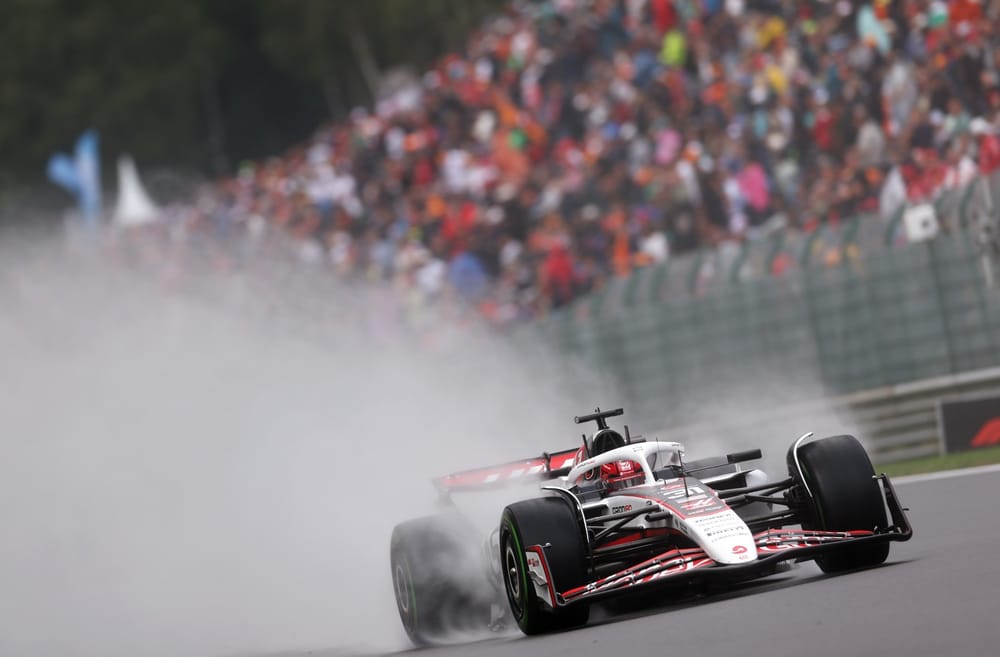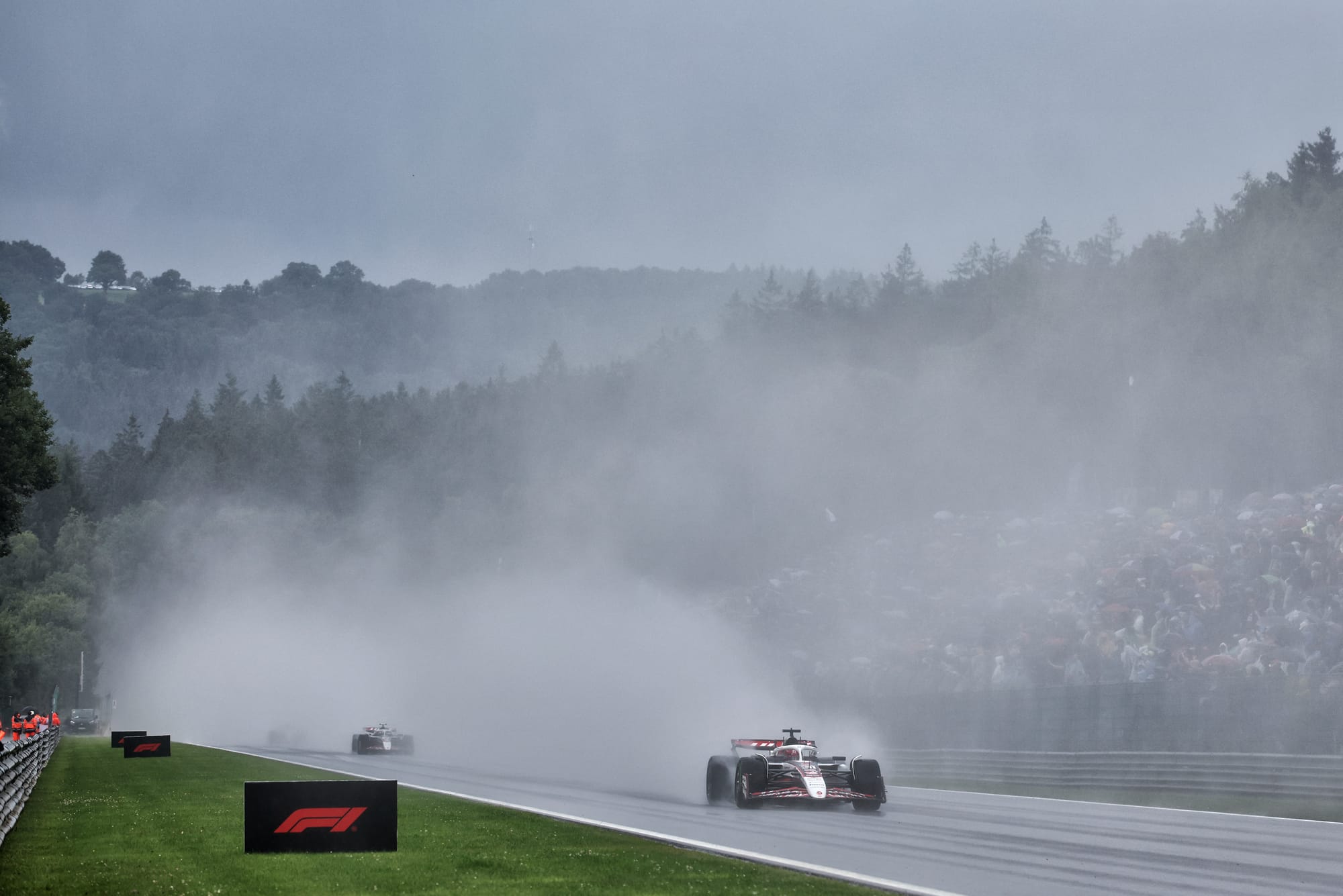Formula 1 drivers have tasked the FIA with evaluating whether a greater use of drainage grooves on tracks could help solve the current issues of racing in the rain.
In the wake of the delays in being able to get the Belgian Grand Prix to go ahead because of visibility problems caused by spray, there has been a renewed debate about what can be done to improve things.
The topic duly became a talking point in the F1 drivers’ briefing at the Hungarian GP on Friday night, amid some mixed opinions about what the best response should be to better allow racing to take part in poor weather.
While some drivers feel that the Belgian GP could have restarted slightly earlier, equally there was an acceptance that the risk/reward ratio for getting things going just a couple of laps sooner was not worth it.
Furthermore, as the FIA made clear to drivers ahead of the Spa race, it had been requested to be more cautious about getting racing underway in the wet following some incidents at Silverstone – so it was only doing what was asked of it.
Amid the reality that there is nothing that can be done to improve cars' designs nor tyres to help reduce the amount of spray being thrown up, attention has now shifted towards seeing if anything can be done to improve track conditions.
And one idea that will now be evaluated a bit more, which the drivers feel could help things, is whether increasing the use of drainage grooves cut into track surfaces at potential trouble spots could deliver a step change improvement.
These grooves are a feature at tracks that have a history of being impacted by bad weather and need extra drainage.
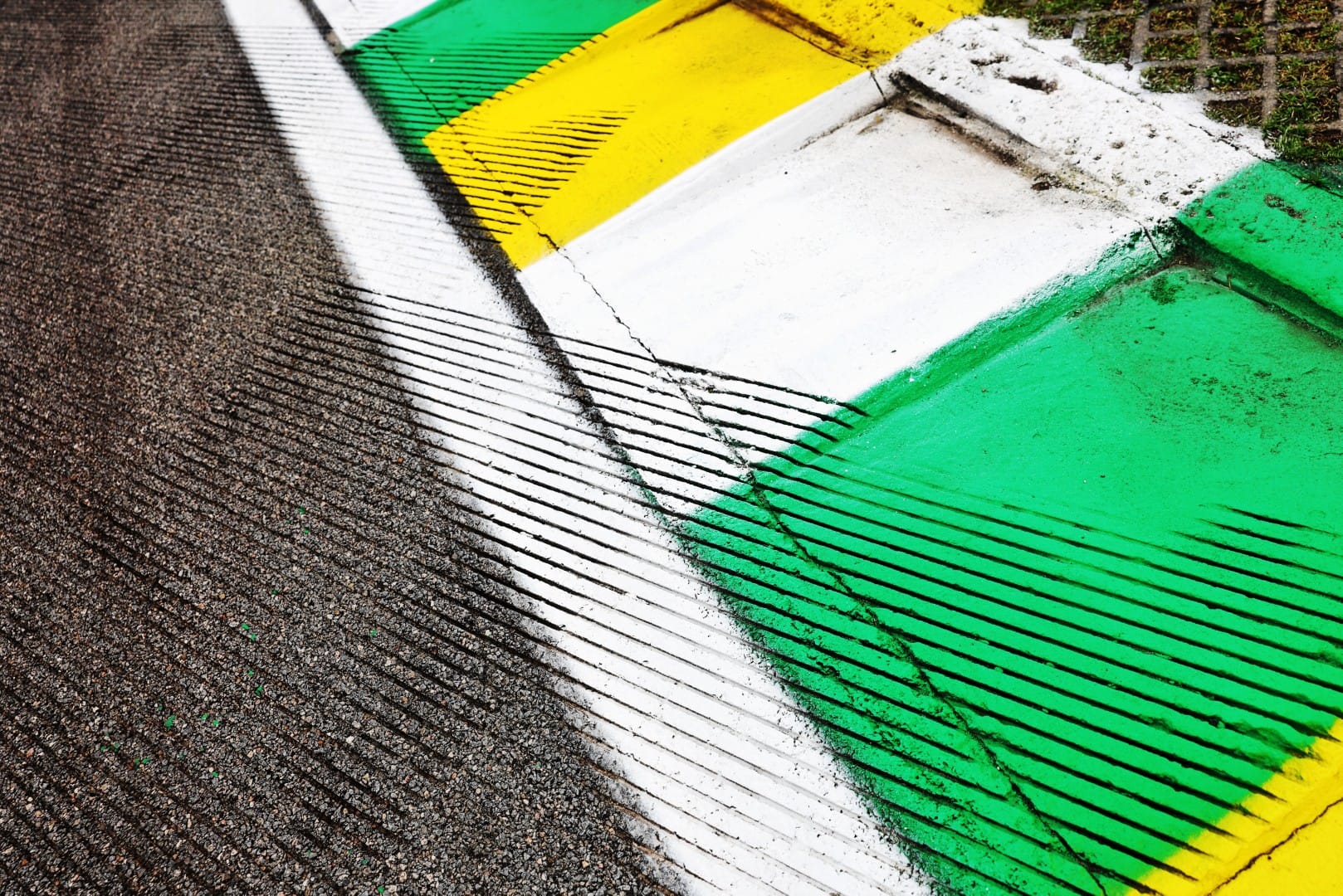
This includes Interlagos in Brazil - and they have also been used on the start-finish straight at Spa-Francorchamps in Belgium to help ensure the grid does not get too impacted by standing water.
However, what will now be analysed is whether adding these grooves at other locations – such as the Kemmel Straight at Spa where visibility was at its worse – could assist things.
Following the events of Belgium, two-time world champion Fernando Alonso reckoned that track surfaces were a factor in the headaches F1 currently has of racing in the rain.
“I think the wide tyres definitely made visibility worse and probably some of the asphalt in the circuits, they are a little bit different than what they've been in the past,” he said.
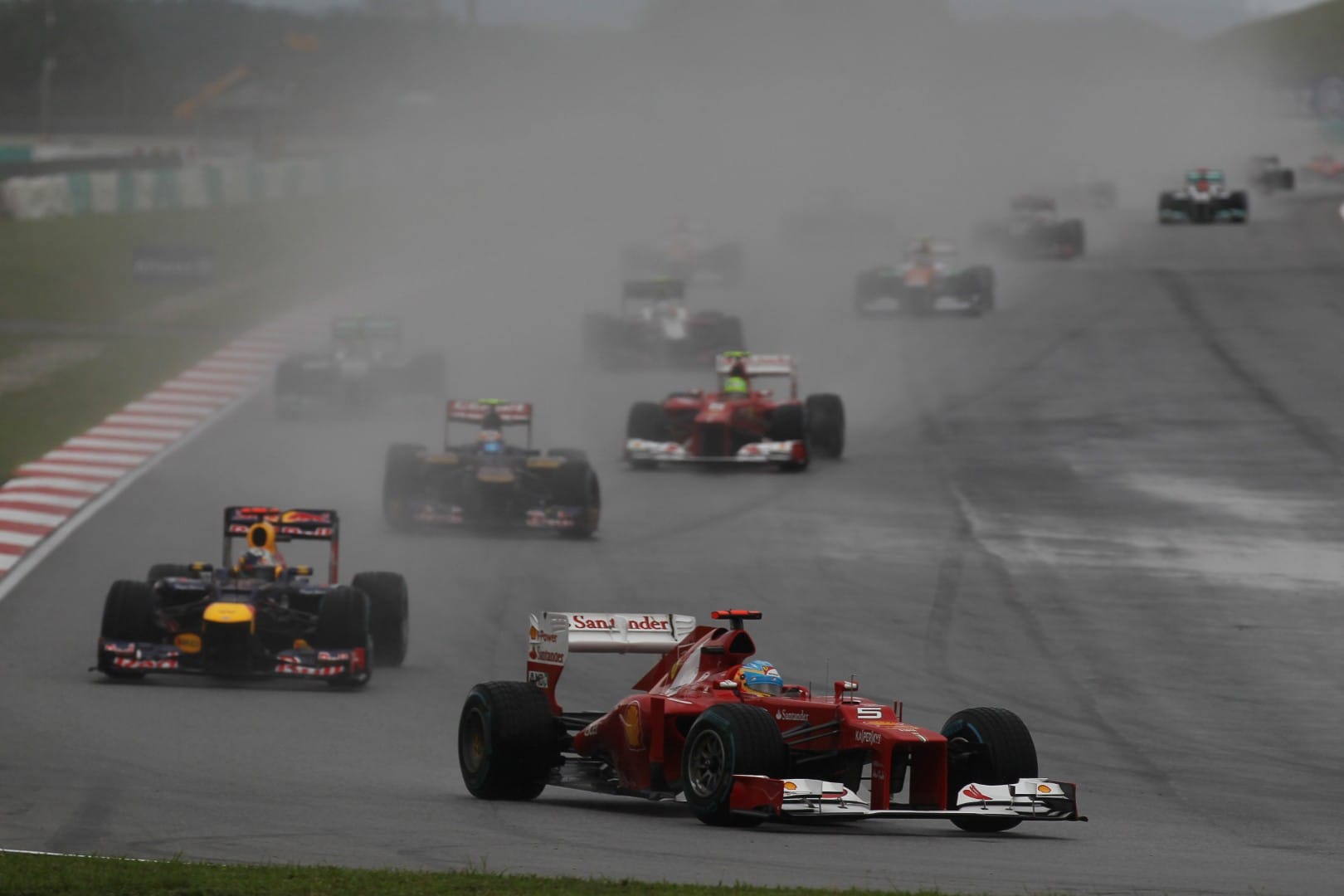
“We raced with a lot of water in Sepang, in different circuits, and it was always okay. And now this new generation of asphalt, which is very black and very grippy in dry conditions, is like a mirror in wet conditions. So yeah, visibility is not nice.
“But I don't know what we can do there or what the tyres can do on a very rough tarmac.
“I’ve said many times that with highways, there are some that have zero spray. So, if we implement that tarmac in all the circuits as a normal rule, we will have zero spray. Then it will be huge degradation probably in dry conditions, I don't know.
“But we can work from that theme and have a starting point.”
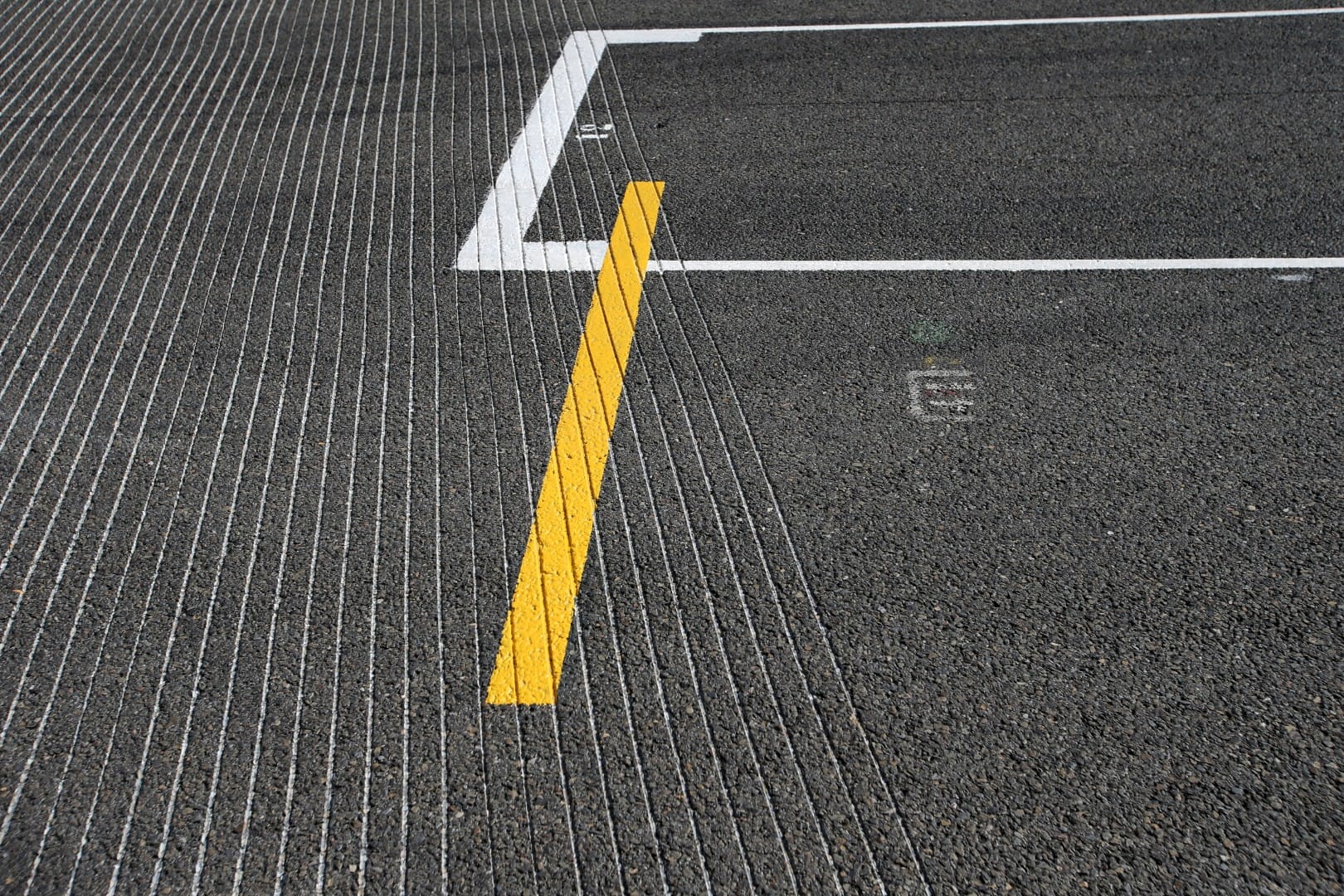
Pirelli’s F1 chief engineer Simone Berra believed that current track surfaces were an improvement on the past, but that extra measures like drainage grooves would help.
“When we have spoken with tarmac suppliers about the porosity of the track surface to evacuate better the water, I think the situation is not worse than in the past,” he said. “In general, I think that the situation is slightly better.
“Obviously, when you have heavy rain, there's nothing you can do to decrease the water level. But I think there could still potentially be something to do to improve the standing water in some parts of tracks.
“For example, at Interlagos and also Spa on the start/finish straight, you have these grooves and it's much, much better.
“But obviously the problem with these is that you cannot really create high frequencies with these grooves, because then you generate also some behaviour in the tyre that can overheat it.”
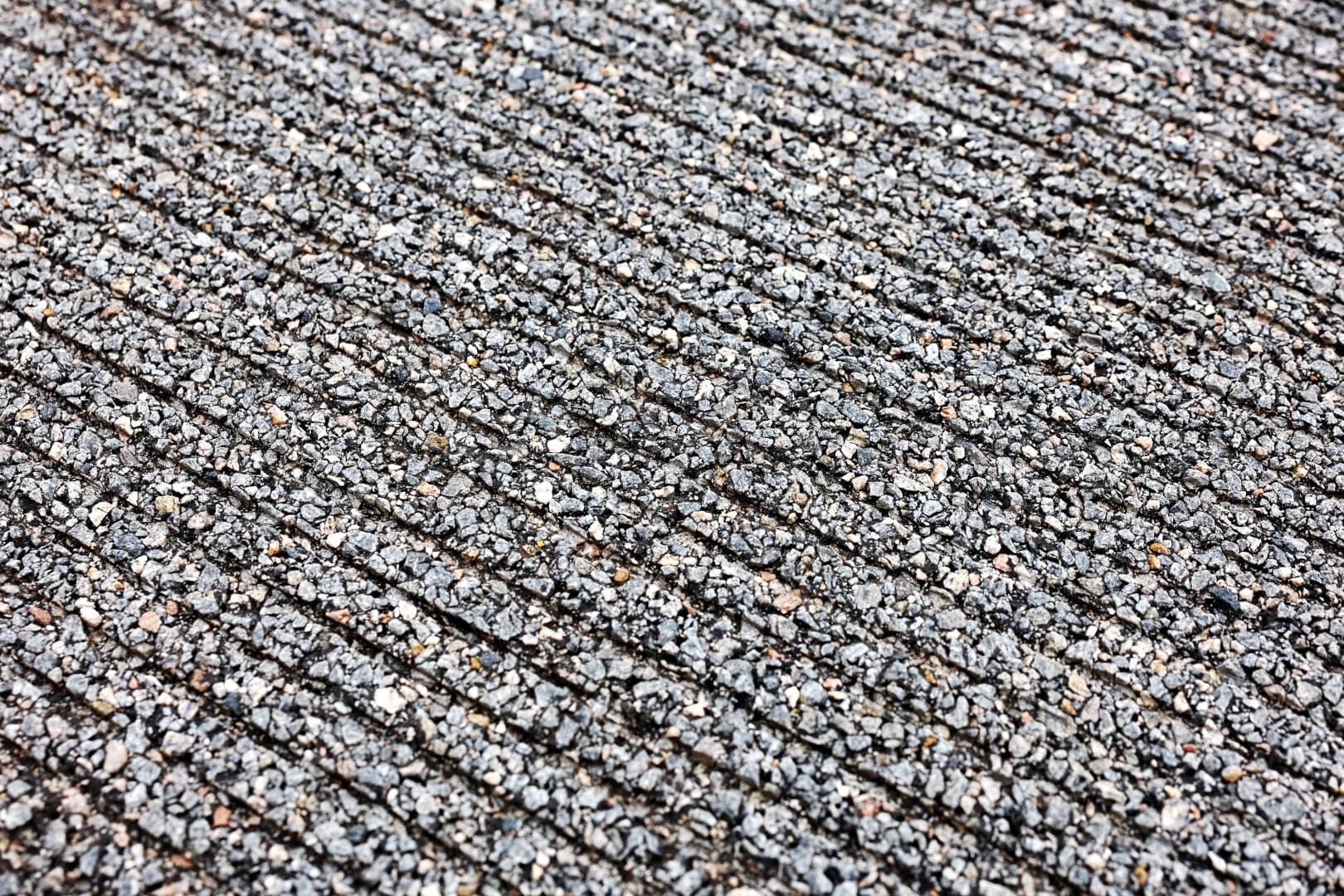
Berra is clear, however, that in terms of the contribution that tyres make to the spray problem, there is nothing that can be done to improve things – as reducing the water that is cleared by wet-weather rubber would only increase the risk of aquaplaning.
“They [the FIA] tried the mud guard during some tests, and the visibility didn't improve,” he said. “So the FIA is aware that that's not the solution, and the water is not just coming from the tyres - it is also coming from the floor.
“From the tyre’s perspective, our aim is to avoid any aquaplaning. So obviously, we cannot really develop a tyre that could risk aquaplaning on the straight.”


